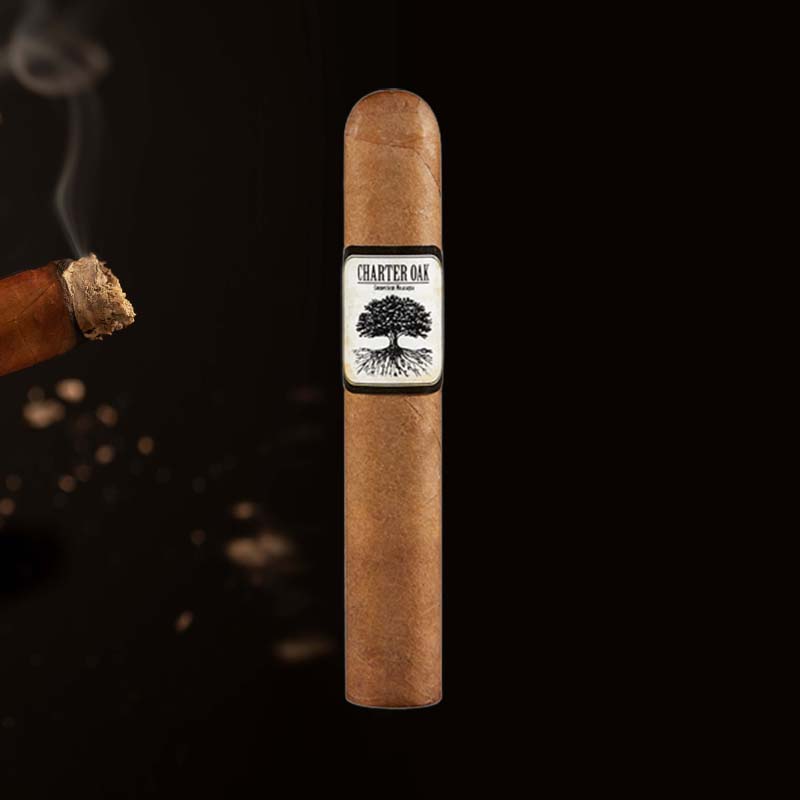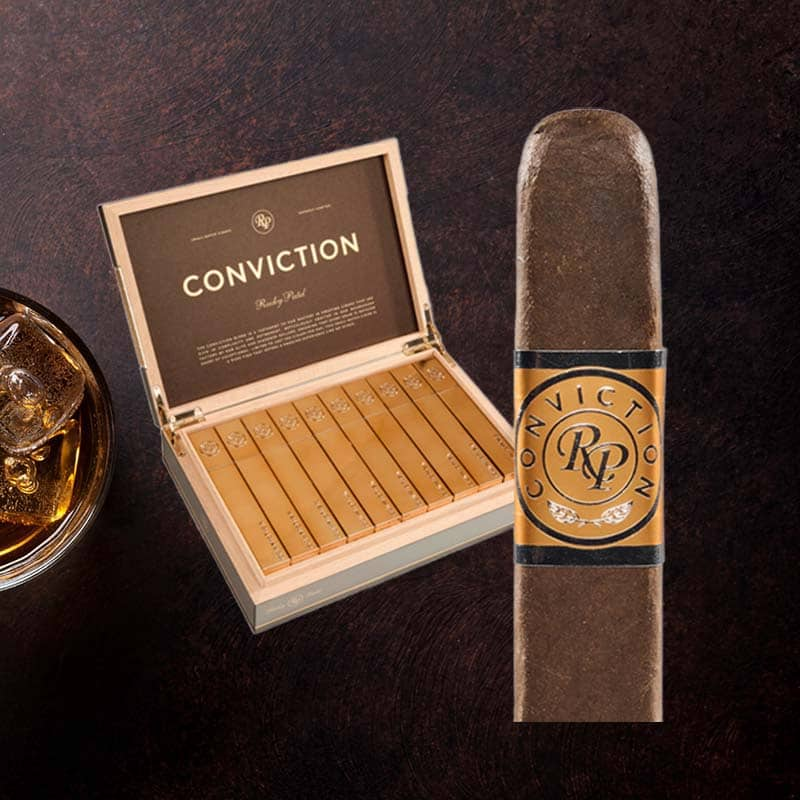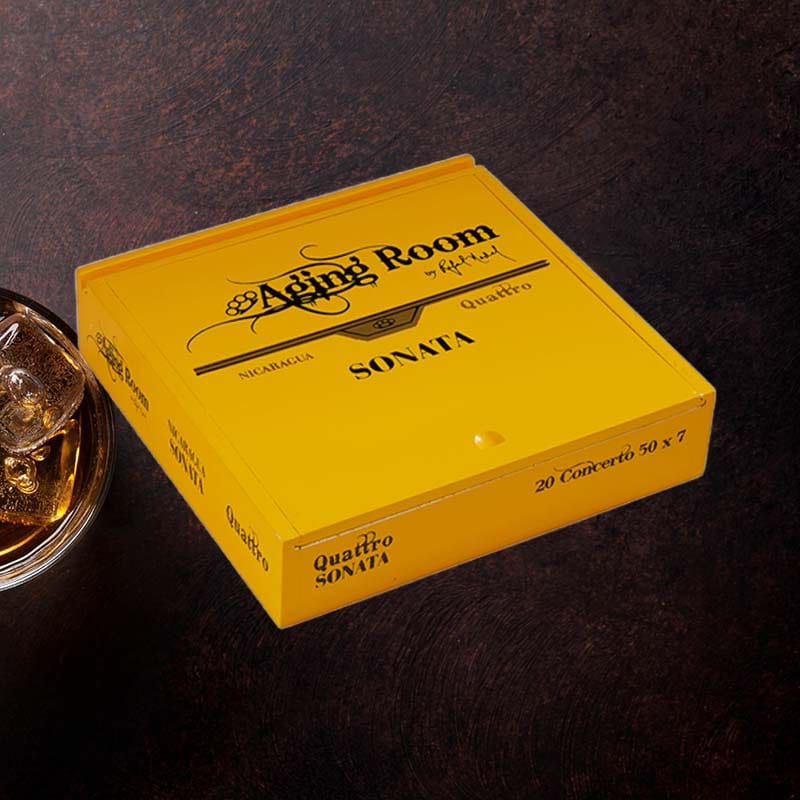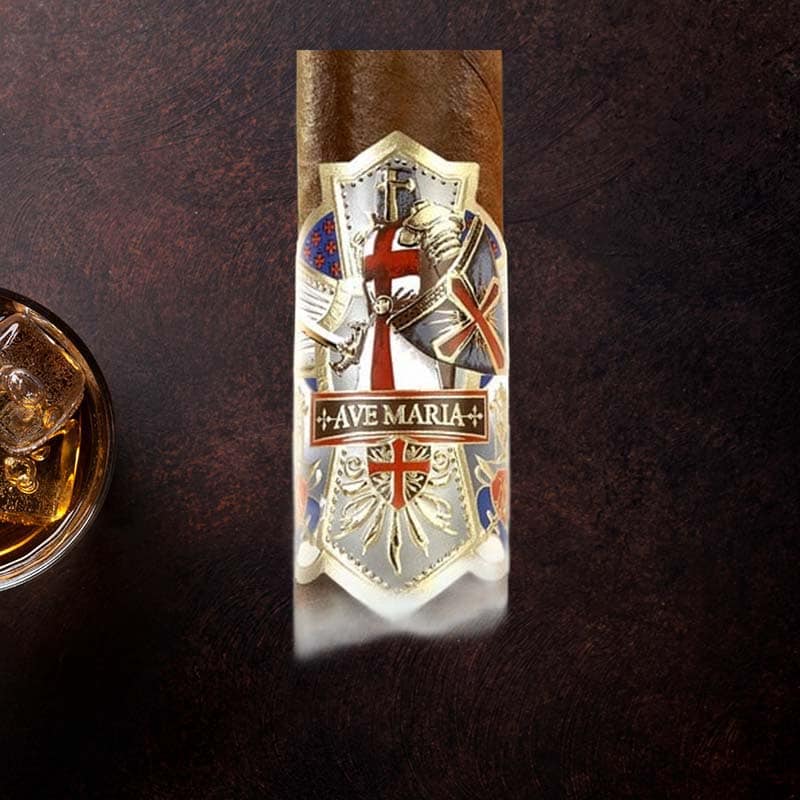Scorch torch lighter not working
As a lover of cigars, nothing is more frustrating than reaching for my trusty scorch torch lighter, only to find it won’t light. I remember a time when I eagerly anticipated enjoying a rich, flavorful smoke while relaxing on my porch, and my lighter let me down. In moments like this, panic can kick in, but understanding the common reasons for a lighter not working can empower you to troubleshoot and resolve the issue. Let’s dive into the common problems and steps to fix them!
5 Common Issues When a Scorch Torch Lighter Won’t Light
Butane Lighter Tank is Empty
The most straightforward issue might be the simplest one – an empty fuel tank. Just like any other device, your scorch torch lighter requires fuel to operate. When it runs dry, no amount of clicking will bring it back to life. Always check the fuel level before assuming something is wrong.
Flame Height Adjustment Issues
Sometimes, I’ve noticed that adjusting the flame height can lead to unexpected results. If the flame is set too low, it might struggle to ignite. If it’s too high, one little spark can lead to a massive inferno! Balancing it just right is crucial.
Igniter Not Sparking
When I press down on the ignition button and hear no spark, it’s a moment of anxious waiting. The igniter may require cleaning or potentially needs replacing. Without that initial spark, my creative plans for the evening are on hold.
Clogged Burners
Over time, residue can build up, making burners less effective. A clogged burner doesn’t allow for a smooth ignition process, resulting in potential frustration. I often treat my lighters with care and clean them regularly to avoid this common pitfall.
Air Trapped in Fuel Lines
When I refill my lighter, sometimes I forget to bleed the air out. Air trapped in fuel lines can obstruct the flow of butane, preventing the lighter from functioning. It’s an easy mistake, but one that can quickly lead to annoyance during use.
How to Fix a Scorch Torch Lighter – Follow These Steps
Step 1: Check the Fuel Level
My first step is always to check the fuel level. If my lighter is empty, I know the solution lies in a quick refill!
Step 2: Clean the Igniter and Burner
I meticulously use a soft brush to clean the igniter and burner. This little ritual can extend the life of my lighter significantly.
Step 3: Adjust the Flame Height
Carefully adjusting the flame to the optimal height helps in getting the ignition just right. I usually test it in low flames before cranking it up if necessary.
Step 4: Replace the Igniter or Battery
If it continues to fail to spark despite cleaning, I consider replacing the igniter. It’s not as intimidating as it sounds!
Step 5: Seek Professional Repair or Replacement
Last but not least, if all else fails, consulting a professional or buying a new lighter might be the wisest choice. Nobody wants to be without their favorite tool!
Troubleshooting Common Scorch Torch Lighter Issues
Signs of a Low Fuel Level
I’ve come to recognize the subtle signs—whether it’s a flickering flame or simply the absence of the soothing whoosh sound when I ignite. If I suspect low fuel, I refill it as soon as possible.
Identifying Igniter Problems
When I notice the click but no spark, it signals an igniter issue. It helps to listen carefully; a silent lighter often means a fault somewhere in the electrical circuit.
Understanding Flame Issues
If my flame is inconsistent, it could be the height setting or something further down the line—the burner’s health. I investigate this regularly.
How to Clean Clogged Burners
Cleaning clogged burners is a straightforward task. I often use a compressed air canister to clear out any obstructions in a few minutes.
Common Causes of a Scorch Torch Lighter Not Clicking
What Happens When the Igniter Fails?
In my experience, if the igniter fails, there’s no chance for the lighter to ignite. Understanding this helps me diagnose quickly that the igniter must be the first area to assess.
Understanding Fuel Quality and Its Impact
The quality of the butane I use can significantly impact performance. High-quality butane keeps it running smoothly, whereas poor fuel can lead to sluggish ignition.
Checking for Mechanical Damage
If my lighter has dropped or been mishandled, it could face mechanical damage. I carefully inspect for cracks or deformities before considering repairs.
Maintenance Tips for Your Scorch Torch Lighter
Importance of Regular Cleaning
I’ve learned that regular cleaning not only prevents clogging but enhances performance. It’s a small effort that goes a long way in keeping my lighter reliable.
How to Properly Bleed and Refuel
After each refill, I make a point to bleed out any air. It’s a simple task that ensures my lighter gets all the butane it needs to perform effectively.
Long-term Storage Tips for Lighters
When storing my lighters, I keep them in a cool, dry place to prevent deterioration and unwanted leaks, ensuring they’re ready when I need them.
When to Consider Buying a New Scorch Torch Lighter
Identifying Irreparable Damage
If I see multiple issues after attempting repairs, it may be time to start looking for a replacement. Irreparable damage often leaves no choice.
Weighing the Costs of Repair vs. Replacement
Sometimes, the repair may cost more than simply purchasing a new model. I always take a moment to weigh those decisions before proceeding.
Finding the Right Replacement Model
When I consider a new model, I always look for one that fits my style, usage, and, importantly, reputation among fellow cigar aficionados.
Frequently Asked Questions about Scorch Torch Lighters
How Often Should I Refill My Torch Lighter?
I generally refill my torch lighter whenever I notice the flame fading, about once every couple of days depending on my usage.
Can I Use Any Butane for My Torch Lighter?
Not all butane is created equal! I always opt for high-purity butane to ensure my scorch torch lighter remains in peak condition.
What Should I Do If My Torch Lighter Won’t Stay Lit?
If my torch lighter won’t stay lit, I check for fuel levels or clean any blockage in the burner first. It’s usually something fixable!
Alternative Solutions for When Your Scorch Torch Lighter Fails
Switching to a Different Fuel Source
If I can’t get my torch lighter to light, I might switch to a different lighter that uses another type of fuel, just to keep the flame alive—literally!
Using a Regular Lighter in a Pinch
In moments of desperation, I’ve resorted to using a regular lighter. It’s not ideal, but it certainly serves its purpose until my torch is back on track.
Portable Lighter Alternatives
Sometimes, I like to carry a portable lighter for casual outings. This ensures I’m never left without options—practical and handy!
Summary of Troubleshooting Steps for a Scorch Torch Lighter
Quick Reference for Common Issues
Always check for fuel, inspect the igniter, and ensure no clogs exist to quickly differentiate the underlying problem with your scorch torch lighter.
Best Practices for Maintenance and Care
Regularly clean your lighter, bleed air after refueling, and store it properly to maintain its longevity and performance.
Conclusion
Key Takeaways on Maintaining Your Scorch Torch Lighter
Understanding the common issues that arise with scorch torch lighters can save you from frustration. Armed with knowledge and some simple maintenance habits, we can all keep our lighters in great shape to enjoy our favorite cigars without worry.
FAQs
Why is my torch lighter not igniting?
Your torch lighter might be out of fuel or have a malfunctioning igniter.
Why is my torch lighter not releasing butane?
This could be due to trapped air in the fuel lines or a faulty valve mechanism.
Why is this torch not lighting up?
It may be out of fuel, have ignition issues, or be clogged—check these aspects first.
How do I unclog a torch lighter?
Use a compressed air canister to blow out debris from the burner’s openings.












